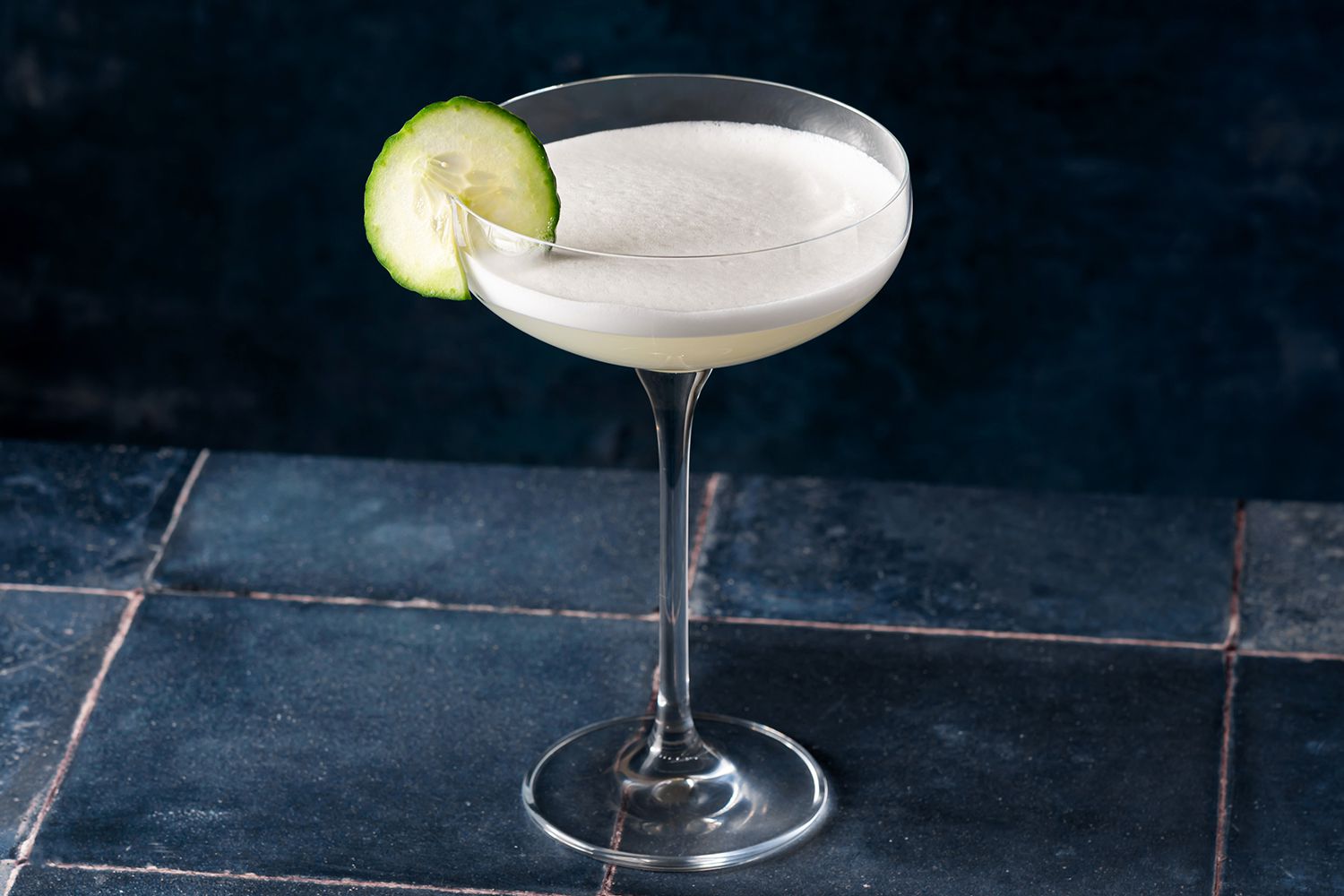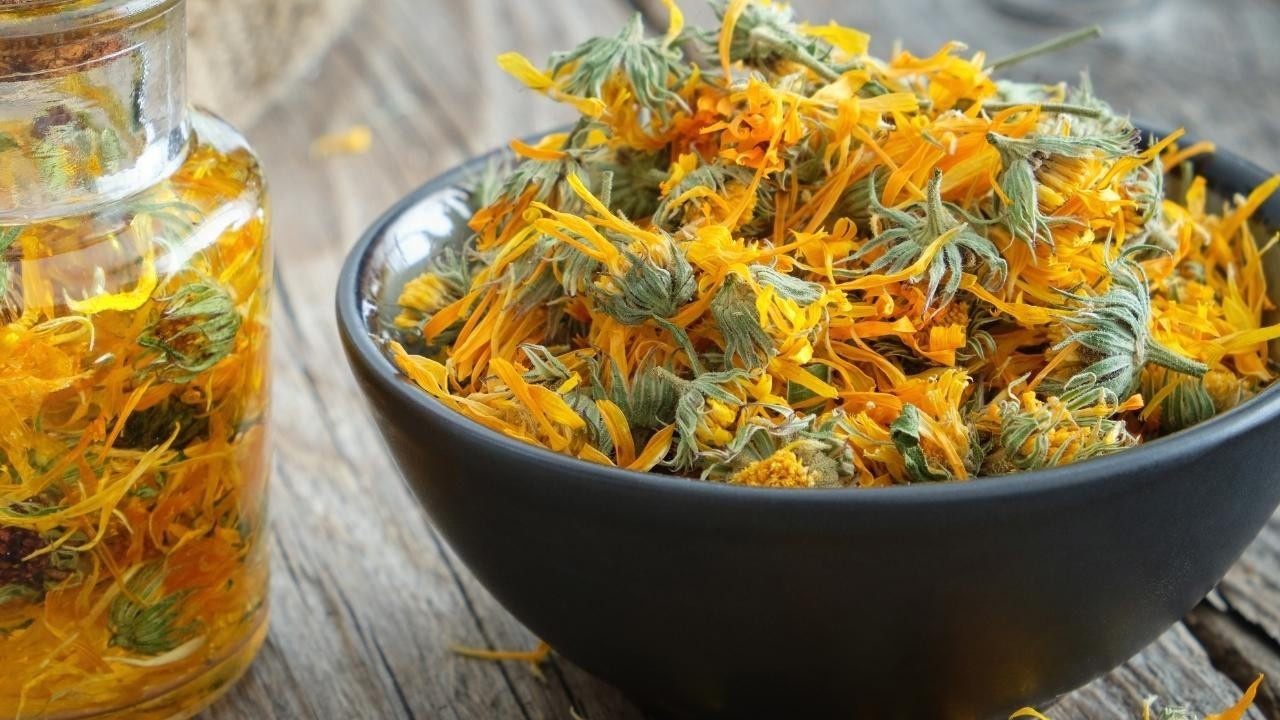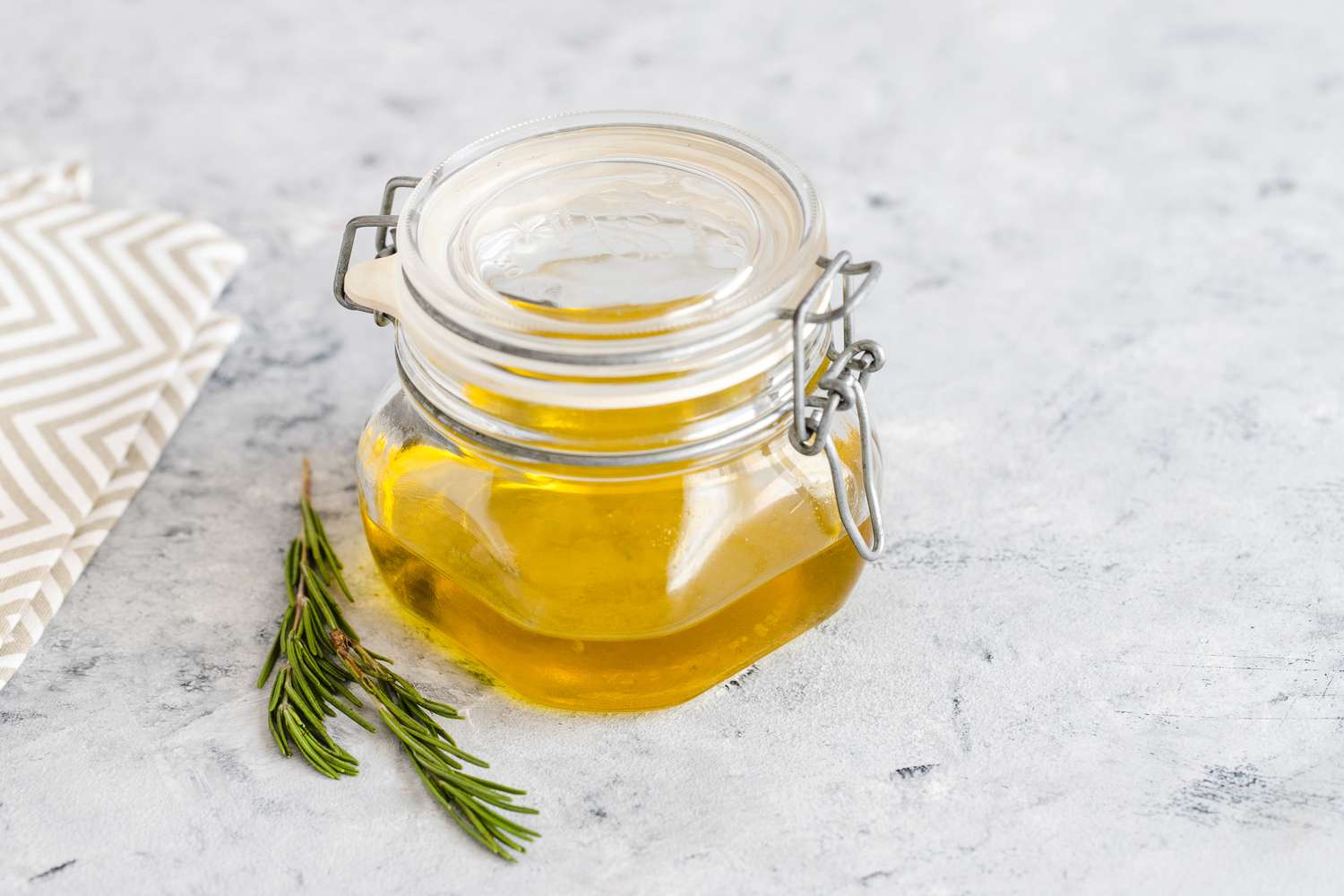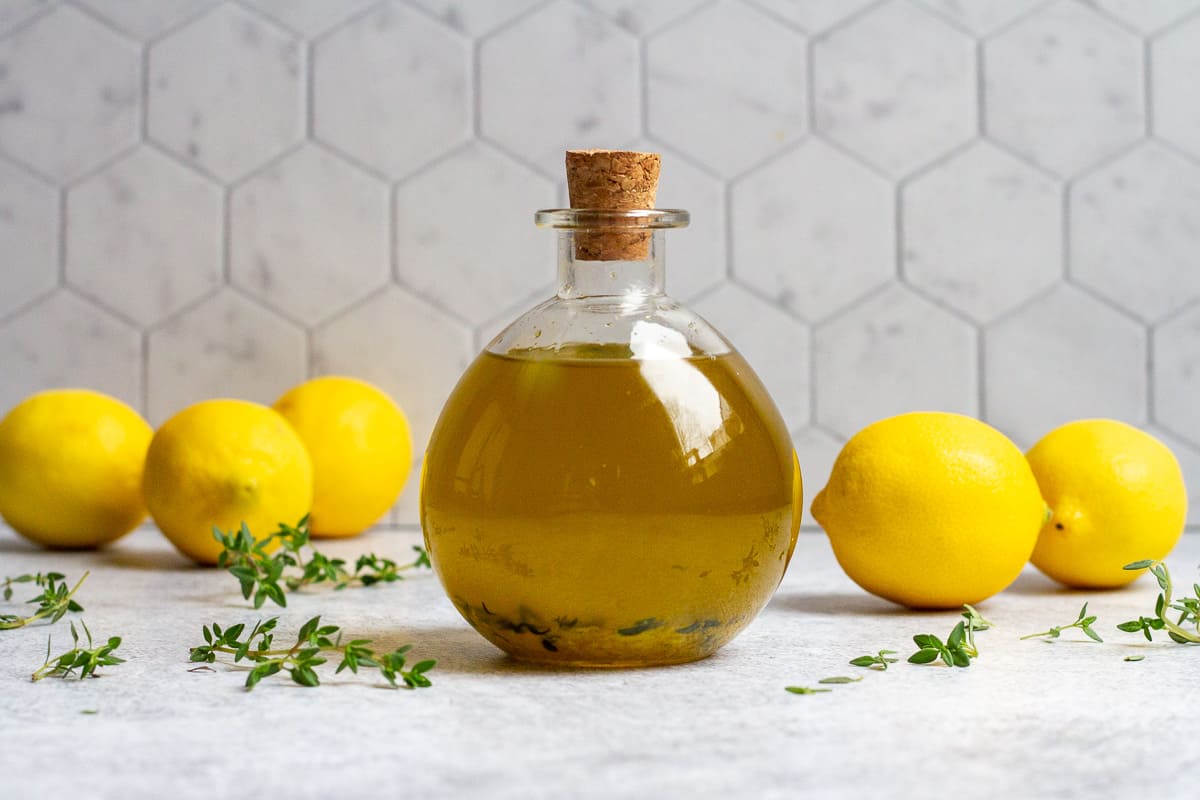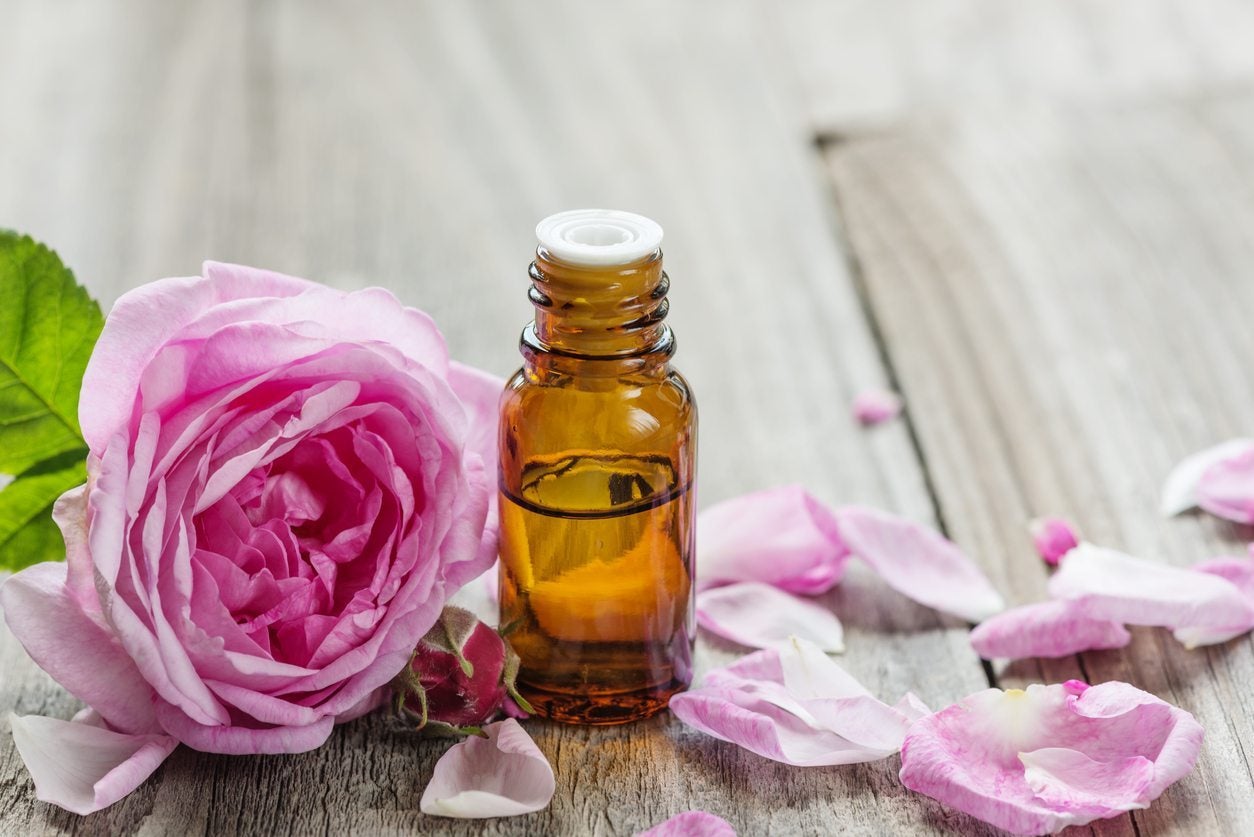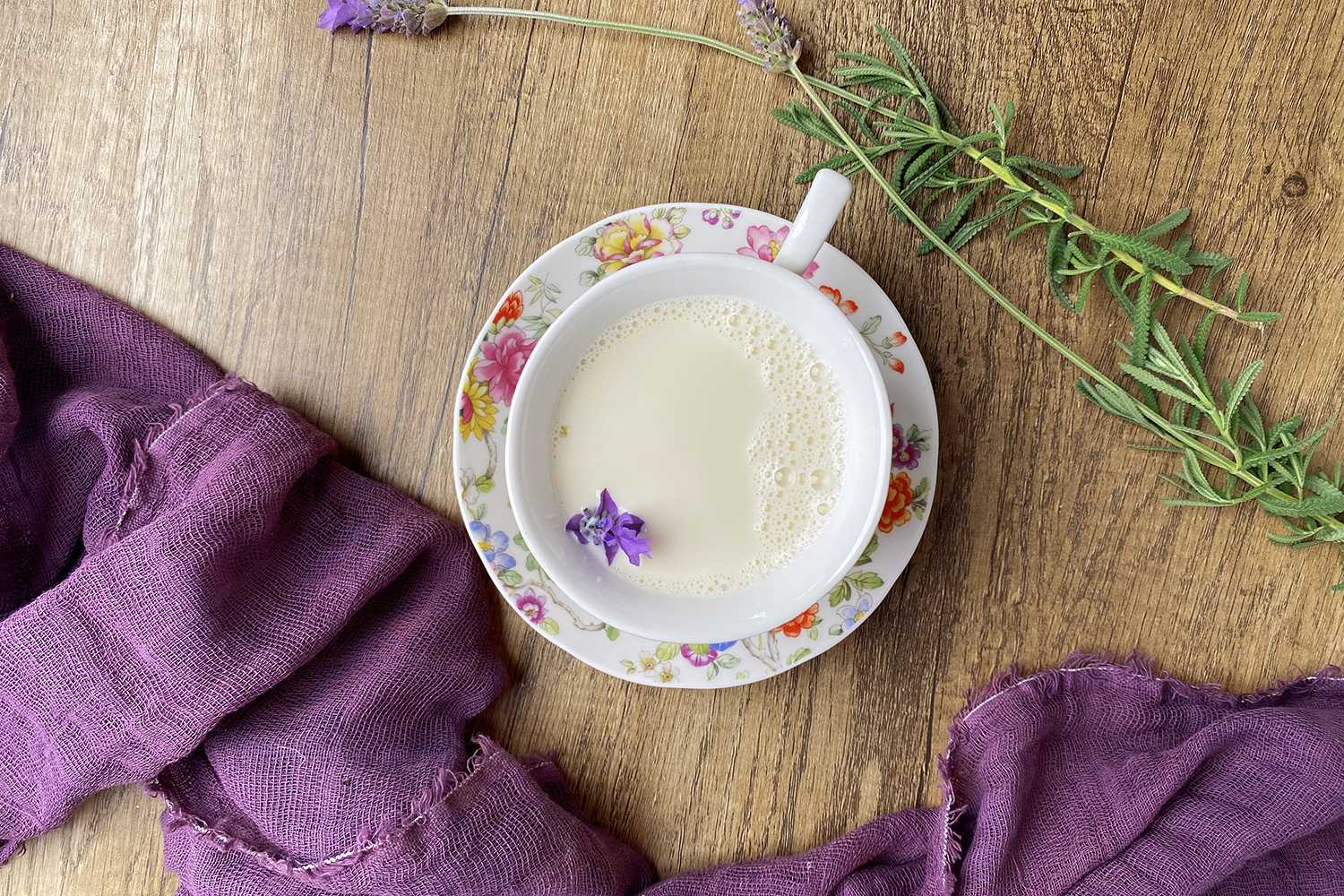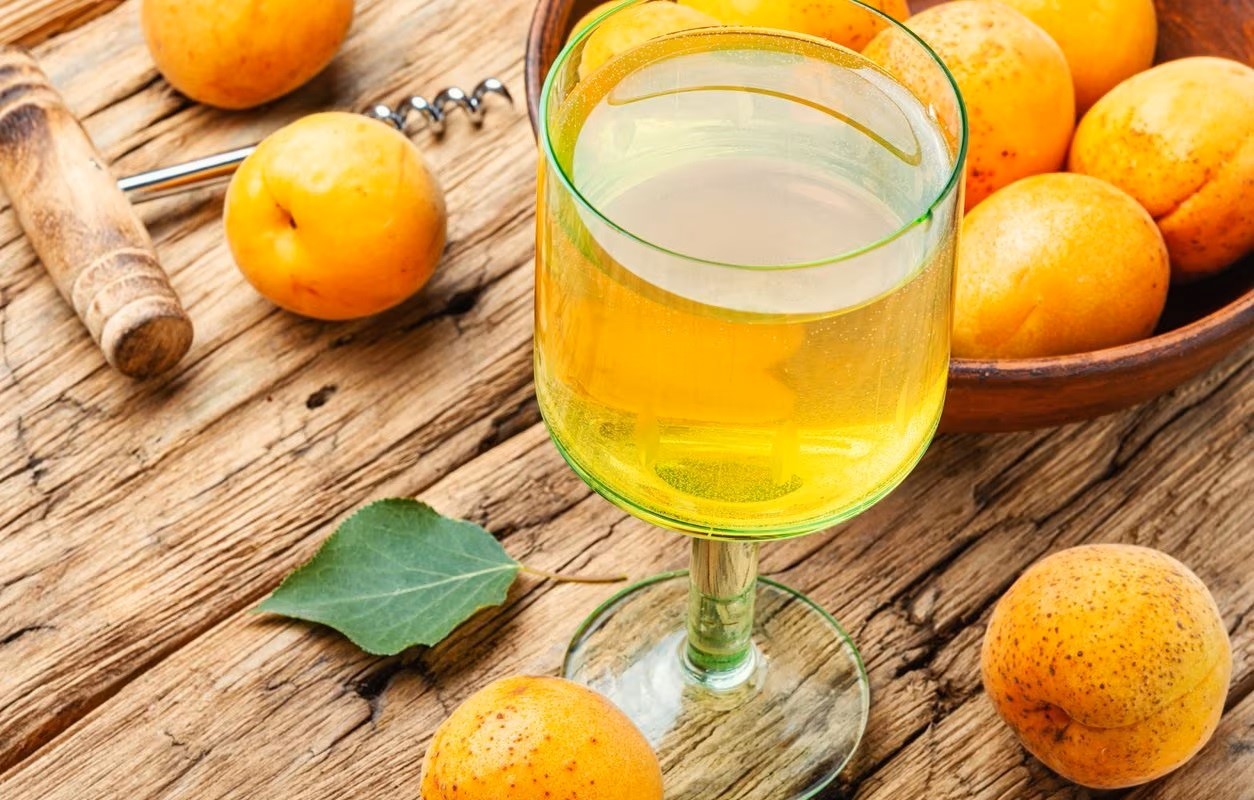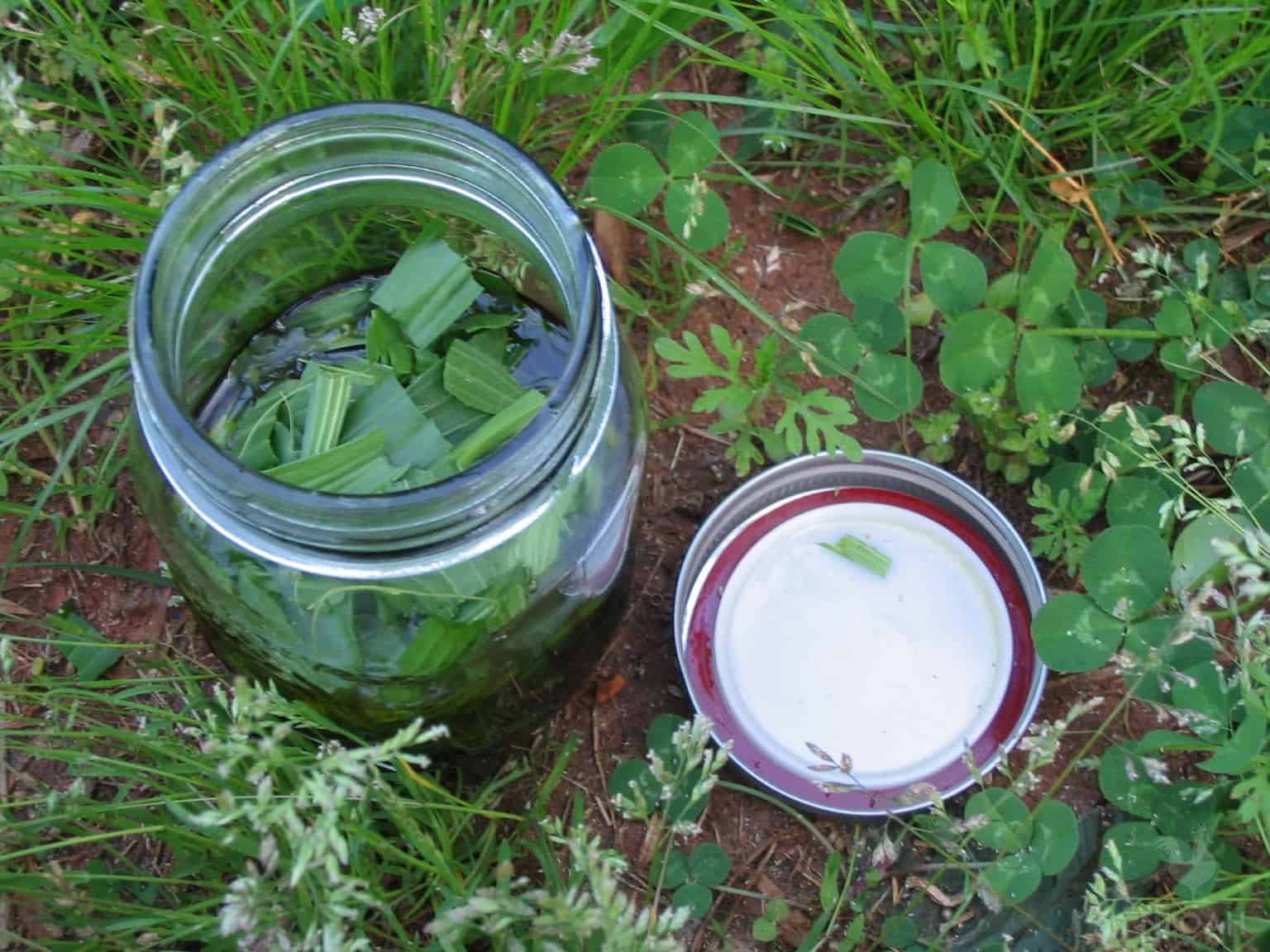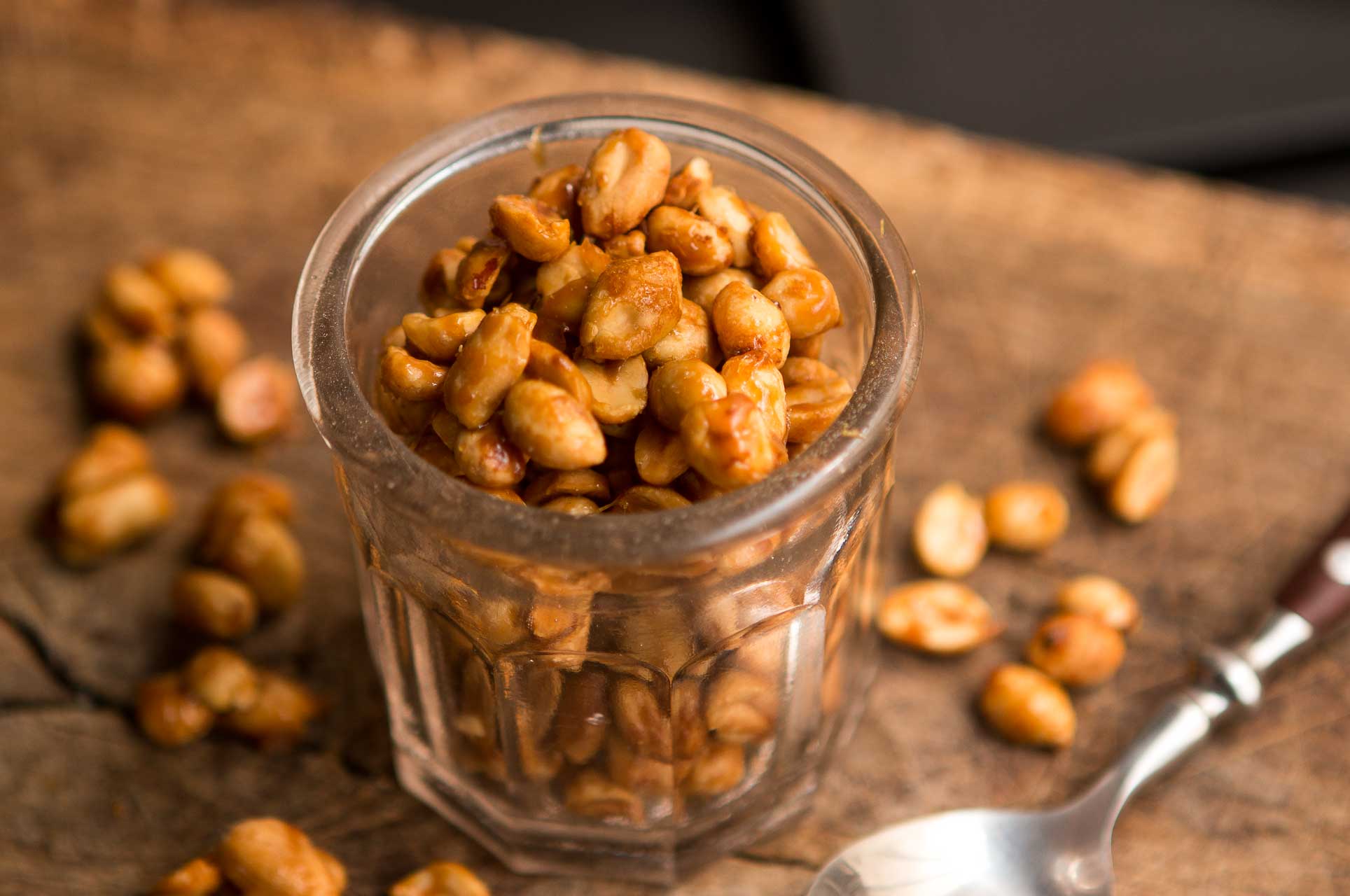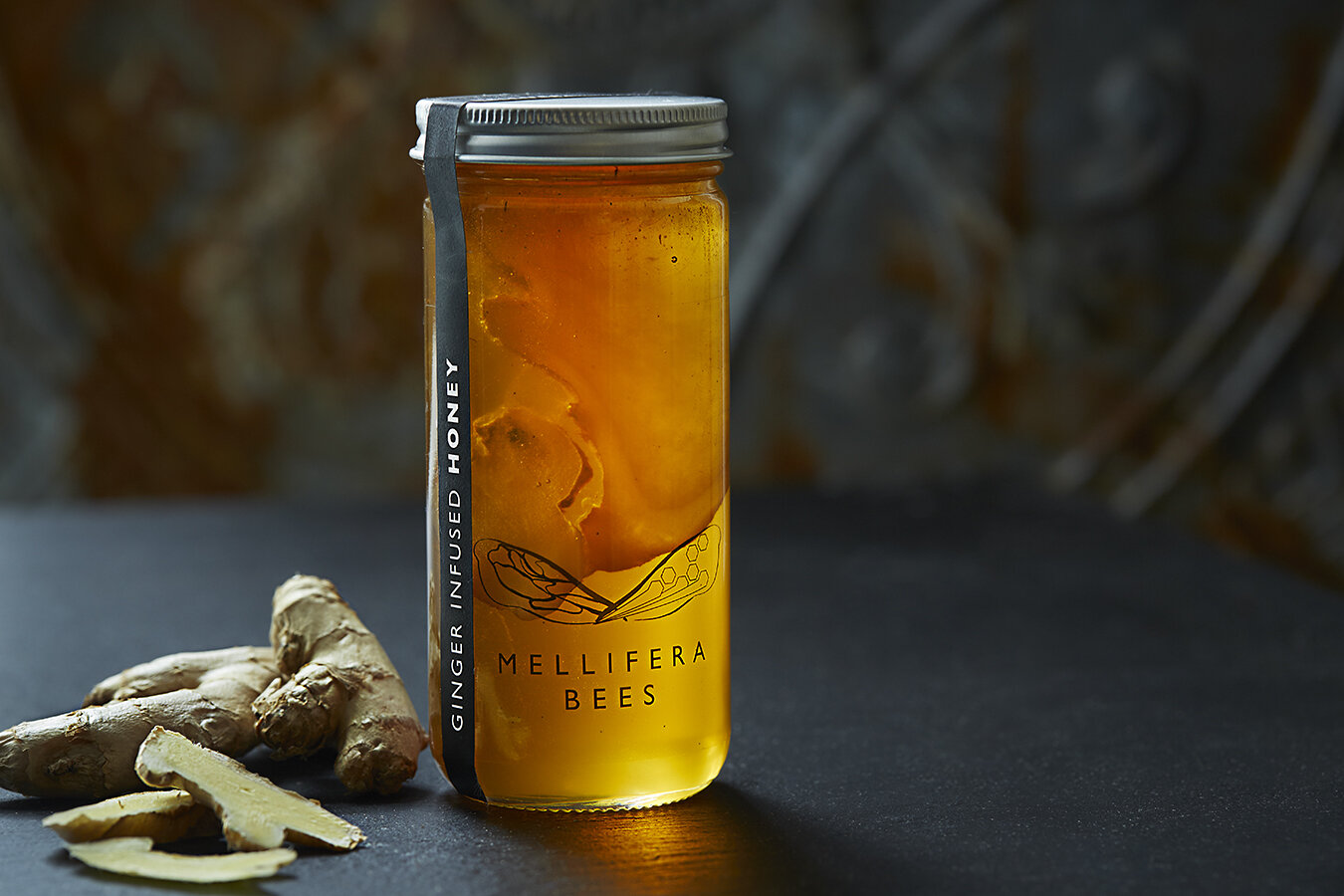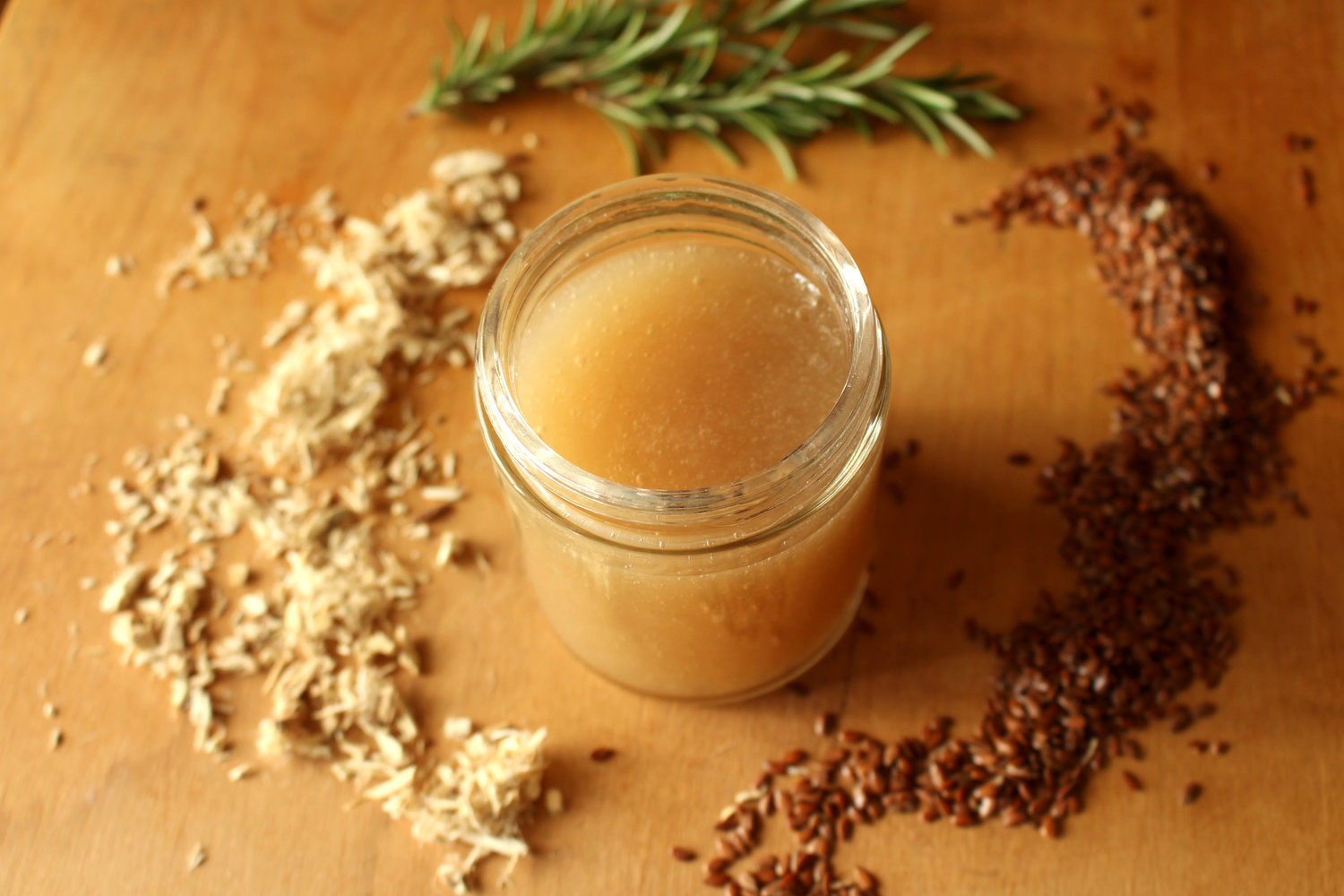How to Brew Tea in a Tetsubin: The Art of Japanese Tea Ceremony
Welcome to the world of the Japanese tea ceremony, where tradition meets taste and tranquility. One essential element of this centuries-old ritual is the tetsubin – a traditional cast iron teapot. Brewing tea in a tetsubin not only adds an aesthetic appeal to your tea time, but it also enhances the flavor and aroma of the tea. In this guide, we will walk you through the steps of brewing a delicious cup of tea using a tetsubin.
Choose the Right Tea
The first step in brewing tea in a tetsubin is selecting the perfect variety of tea. While tetsubins can be used to brew different types of tea, green tea, like sencha or matcha, is the most common choice. The earthy flavor and vibrant green color of these teas complement the traditional style of the tetsubin.
Prepare the Tetsubin
Prior to brewing, it is essential to prepare your tetsubin by “seasoning” it. This process helps to prevent rust and imparts a subtle flavor to the tea. To season your tetsubin, rinse it with hot water and then wipe it dry. Apply a thin layer of oil to the inside surface and heat it over low heat for a few minutes. Repeat this process a couple of times until the teapot develops a dark patina.
Measure the Tea
The next step is to measure the tea leaves. For a single cup of tea, use approximately one teaspoon of loose tea leaves. The exact measurement may vary depending on your personal taste preferences, so feel free to adjust accordingly.
Heat the Water
Boil fresh, high-quality water in a separate kettle. The temperature of the water varies depending on the type of tea you are brewing. For most green teas, the ideal water temperature is around 160°F (70°C) to 175°F (80°C). If you have a tetsubin with a built-in filter, you can heat the water directly in the teapot, simplifying the process.
Brew the Tea
- Place the measured tea leaves into the tetsubin.
- Pour the heated water over the leaves, ensuring they are fully submerged.
- Allow the tea to steep for about one to three minutes, depending on the desired strength.
- Gently stir the tea with a bamboo whisk or spoon to ensure proper extraction.
- Once the desired steeping time has elapsed, pour the brewed tea into a teacup.
Savor the Moment
Now that you have brewed a perfect cup of tea in your tetsubin, take a moment to immerse yourself in the Japanese tea ceremony experience. Appreciate the rich aroma, the vibrant color, and the soothing taste of your tea. Embrace the tranquility and let it transport you to a place of relaxation and mindfulness.
Care for Your Tetsubin
After enjoying your tea, it’s important to properly care for your tetsubin. Rinse it with hot water, avoiding soap, as it can damage the patina. Dry the teapot thoroughly to prevent rusting, and store it in a cool, dry place. With proper care, your tetsubin will continue to enhance your tea experience for years to come.
Brewing tea in a tetsubin is more than just a method; it’s a journey into the world of Japanese tea culture. The combination of the traditional tetsubin teapot and the art of proper brewing creates an experience that is both visually appealing and spiritually uplifting. So, take your time, appreciate the process, and enjoy the meditative act of brewing tea in a tetsubin.
Was this page helpful?
Read Next: Homebrewing: How To Brew With Spices
